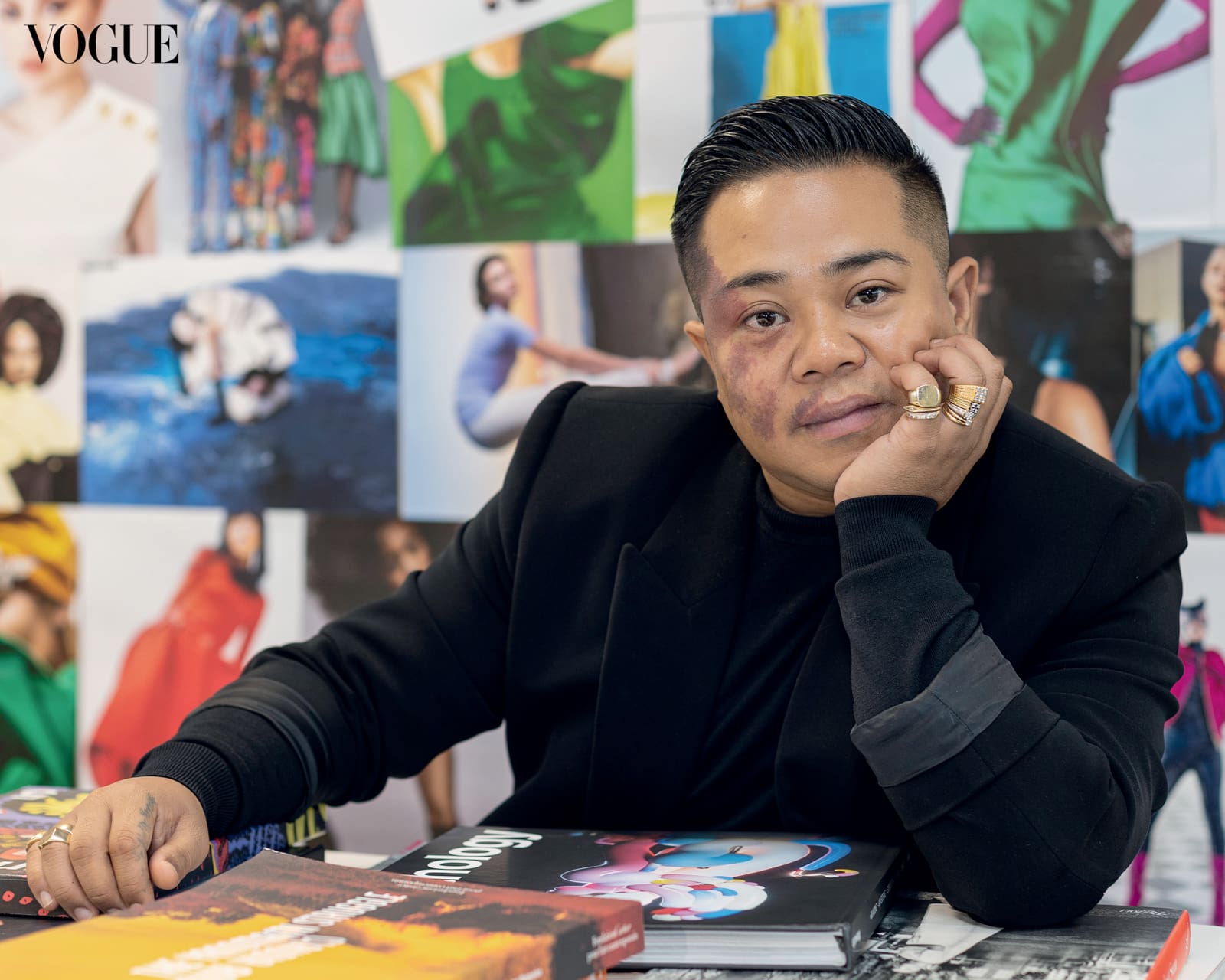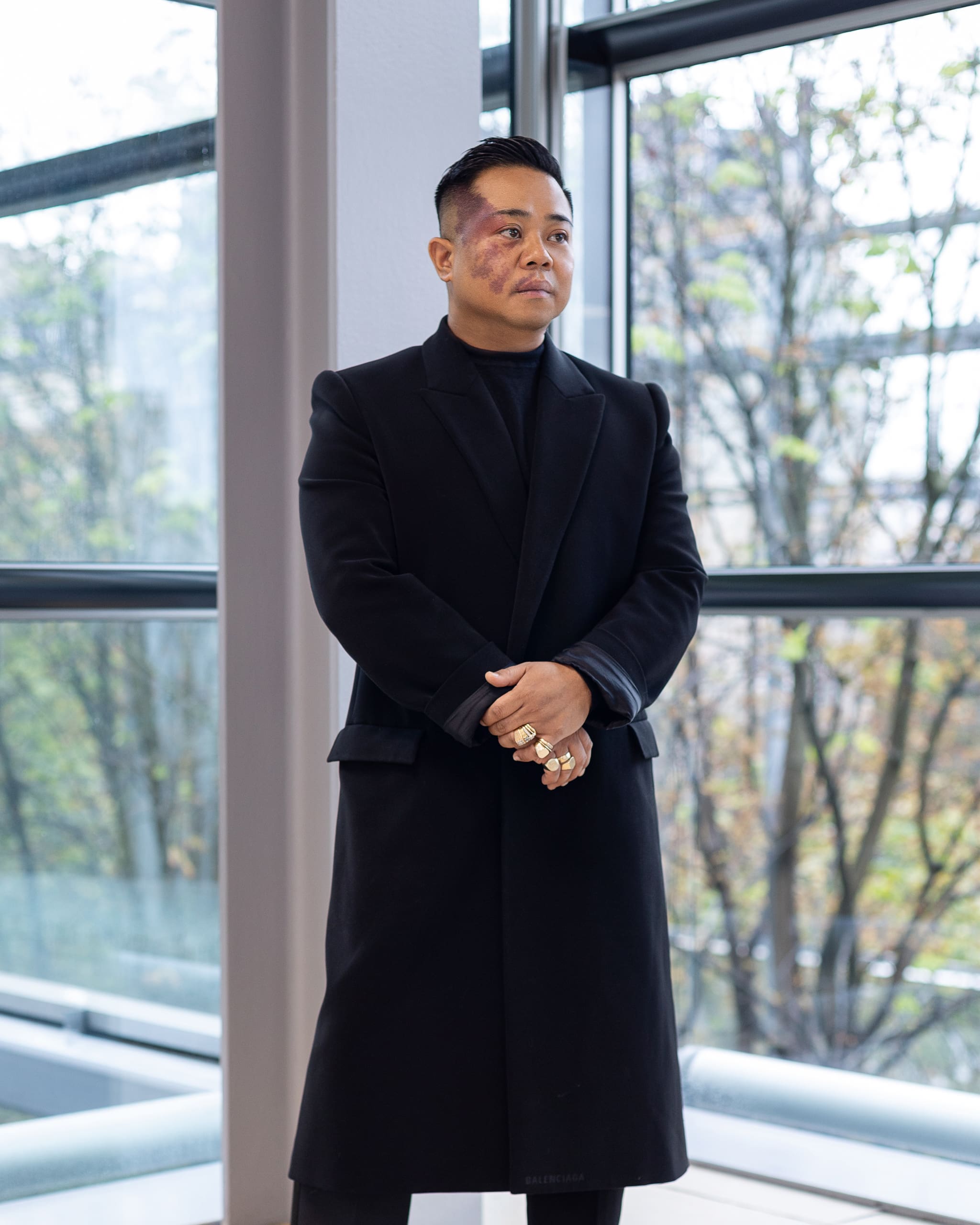Courtesy of AZ Factory
Describing himself as a “designer of the moment,” Norman Rene De Vera’s narrative is not merely a celebration of representation, but of resting in stillness.
To Norman De Vera, fashion is a continuous open-ended exploration. When garments are placed within his world, they reveal stories and sensuous experiences. Meaning becomes synonymous with emotion and emotion embodies the life of the designer. In his eyes, fashion becomes a real labor of love loaded with sentiment and memories.
The Paris-based Filipino designer greets us at eight in the morning, whirring with contagious, magnetic energy. Dressed head-to-toe in black, he apologizes that he’s late. “I do everything at the last minute,” he admits. He is currently in Geneva for Défilé HEAD (The Geneva University of Art and Design Fashion Show). From the beginning of the conversation, he asserts what informs his decisions: pure instinct. “The [winner’s] design [should evoke] an emotion in me that makes me want to whisper during the show, ‘This moves me’,” says De Vera, who shares with Vogue Philippines that he has always been fascinated with the arts.
At the age of eight, De Vera had always been drawn to escape. Pulling back the curtain on his childhood he says that he always thought “this birthmark wasn’t normal. There wasn’t anyone else that looked like me, so I would always draw.” He would draw “esoteric drawings” of women wearing pinafores. “Was I drawing my Mom or [perhaps] the hardship of Filipinos? I don’t know what it was, but I’d always draw [her and] it was always related to me,” he says. A memory that lingered in his mind, he had always known the female form inspired him and sought meaning in fashion.
Growing up in London, Norman Rene was embedded in the city’s vibrant creative scene. He began his foray into fashion by joining an undergraduate course at London College of Fashion. Every Sunday, De Vera would go to the iconic Boombox–a fixture in London’s underground party scene. A safe space for experimentation, the nocturnal laboratory became a gathering of creative scene-makers inviting the likes of Kylie Minogue, Pat McGrath, Gareth Pugh, and Edward Enninful. The infamous club embraced the outlandish and the outrageous in the form of Vivienne Westwood couture and Balenciaga’s cyberpunk style leggings.
“It was the gritty London you always heard about–East London before it was gentrified. [It] was the first time I was surrounded by like-minded people,” De Vera says. This community spirit conjured a new way of thinking. Eventually, it was these eclectic fashion roots that informed the Filipino designer’s unconventional approach to design. Through Boombox, De Vera became an inhabitant of the world he tapped into for inspiration and solace.
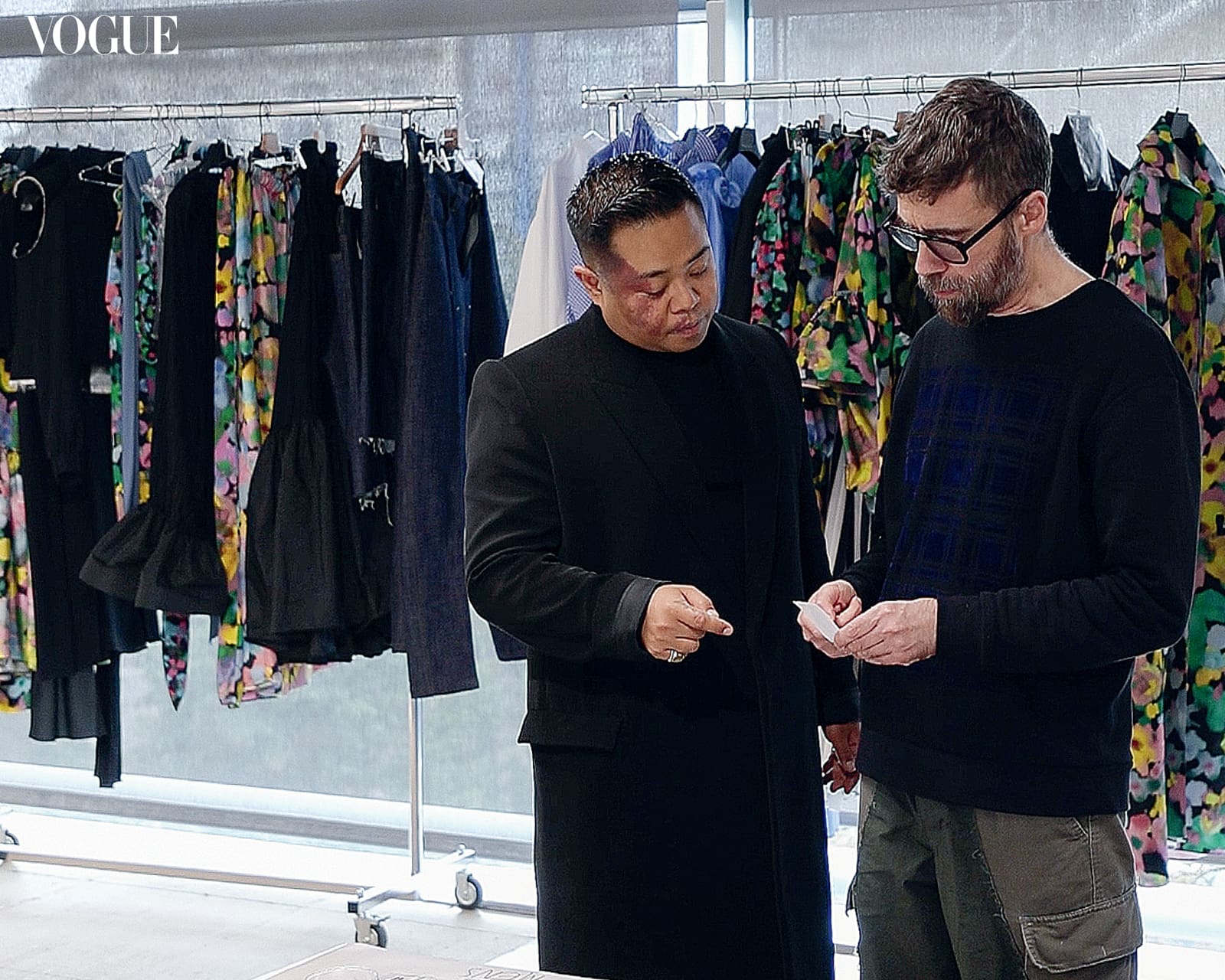
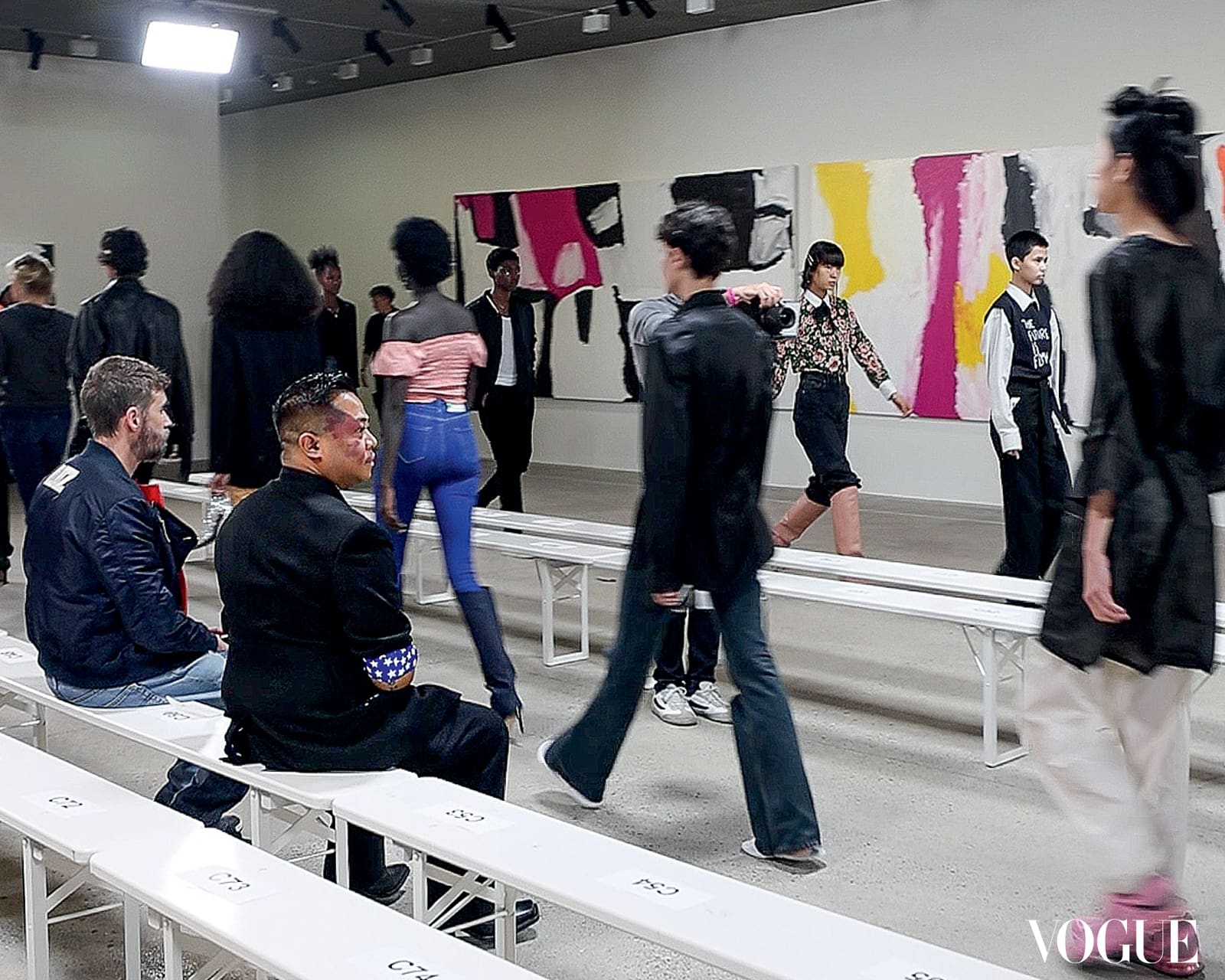
Tactile Experience
De Vera has been fashion’s leading exponent of what 3D design studios can do. Pioneering a new design practice, he worked for a myriad of luxury fashion houses. Self-effacing and gracious in his words, he recounts his memories as if they were streamed together in his mind like a blur. It felt as if mundane experiences felt special when he marked them as such and for the established designer, time has always been and is precious. The designer earned his accolades by launching himself on every wave when the opportunity rose.
On a whim, De Vera agreed to a two-week temporary stint at Céline to cover for an employee on vacation. “Immediately, I was immersed. Someone came to our little space of interns and asked [who knew] how to work with leather and I said, ‘I’ll try my best.’” Although De Vera had never worked with the material before, he used his intuition and created a belt section that made it to Céline’s Pre-Collection 2010. As he worked, people were perplexed by his unique approach to design.
For a garment to come to life, sketches had to be sent to ateliers with a waiting time of three weeks. In contrary fashion, De Vera would take fabric, start draping, and create in one swift movement. By the end of the two weeks, he started working full-time under Phoebe Philo as the first intern to ever be hired. That little space soon became the 3D Studio that has become one of Céline’s strengths.
A new language emerging out of an old vocabulary: De Vera had reinvented the wheel with his new approach. By forming pieces around the curves of the female figure, his masterful draping became recognized in the fashion circuits. By following a rigorous method of construction, De Vera would soon work at Louis Vuitton, Versace, Raf Simons, Calvin Klein 205W39NYC, and AZ Factory. This unique approach imbued his own spirit within the grammar of each house he worked at.
“I design how I feel and I want people to know that there was an emotion in the pieces I’ve created.”
Joyful Remembrance
Throughout his career, De Vera never lost sight of the value that time plays in our lives. He discovered that the real beauty of life is that it’s unpredictable. Nothing is permanent and everything changes.
He always celebrated the chance to explore and learn from an influential list of fashion designers including the late and great Alber Elbaz, Nicholas Ghèsquiere, and Donatella Versace to name a few. From working with heritage houses and incubators, De Vera attained a varied skill set from public relations to reworking pop culture. He learned how to “think and see fashion that is not of the time” and how to take what is black-and-white and “make it tasteful.” Each house offered a selection of gateways to the best versions of himself and led him to where he belonged. He was always right for the moment and perpetually moved with it. The 3D designer viewed his experiences as a “training ground” for AZ Factory.
AZ Factory became the fruit of his thoughtful labor with a rotating designer guest program called, “Alber & Amigos.” De Vera continues to uphold the values of the late Alber Elbaz with his willingness to share everything. Materials, ideas, inspirations, and creative philosophies are exchanged during every collection. He continues to build a community of creatives, artists, muses, and friends. He simultaneously celebrates young talents, while uplifting established designers. The Filipino designer explains, “There’s a way to sew a straight line and hold a fabric. But when 10 other people put their hands on that fabric and sew that straight line, there’s a [new] technique you learn.” De Vera demonstrates the power and glory of collaborations.
Fashion can have such a deeply human connection and can be a mechanism for joy. It can bring people together and shine a spotlight on the human hearts involved in the creative process. He enumerates that the best collaborations are the ones that stand for more than just fashion. They can diminish boundaries between two distinct worlds and help you discover enduring friendships.
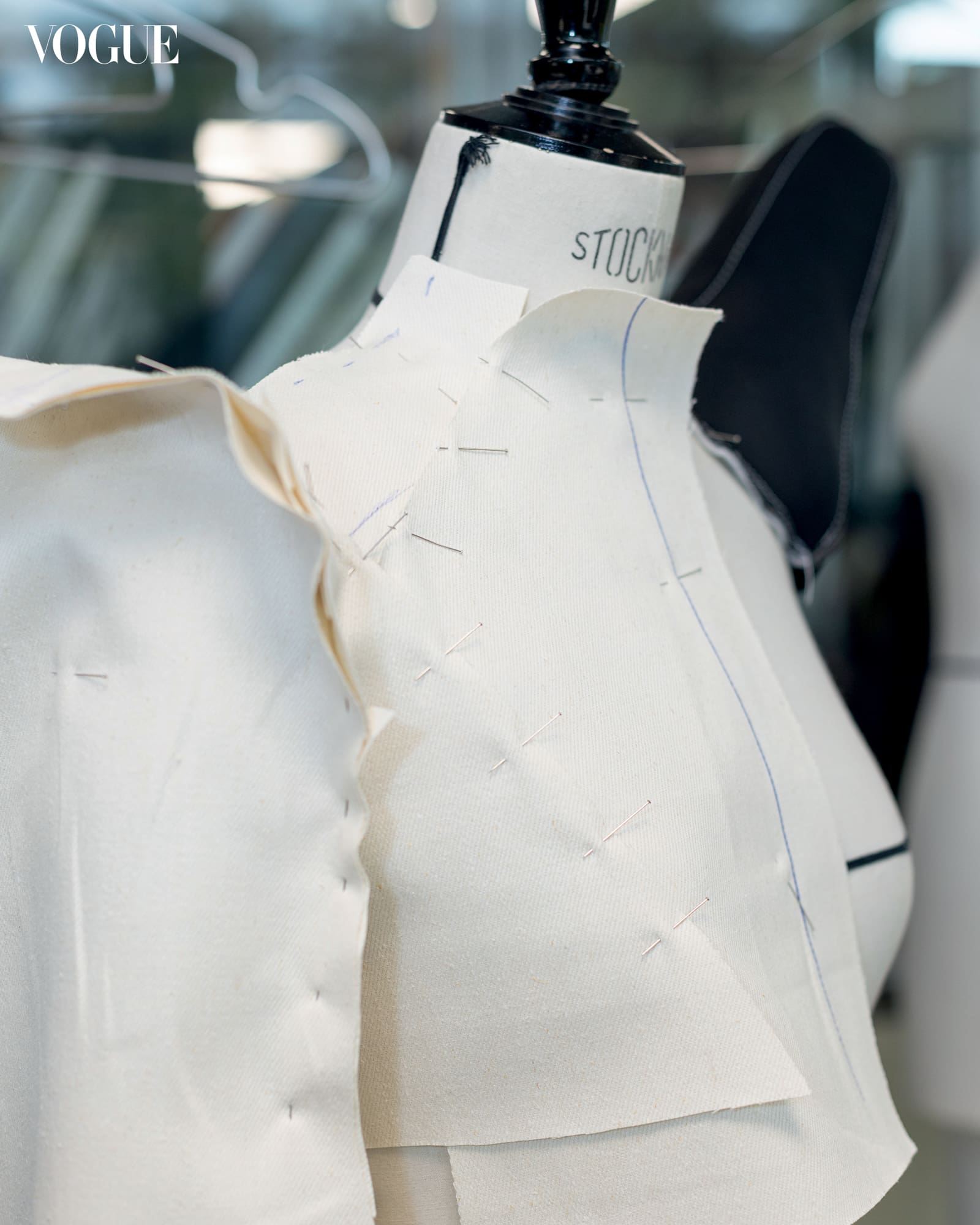
Happy Pursuit
There is nothing that shows the human side of fashion more than De Vera’s introduction to the late Alber Elbaz. “It was a connection on a different level, beyond working the same way as me. He understood me,” he shares.
At a time when De Vera would hide his face, Elbaz told him to hold his head high. “He said to me, ‘Turn your face straight. Stop hiding your beautiful birthmark. Your name is Norman [and] I see you’,” he recalls. It was only natural that he found true calling at Elbaz’s AZ Factory. Honoring Elbaz was one of the most prized moments in his life. “This was genuine love. I was doing it for Alber to thank him for trusting me,” he says.
De Vera’s story is one of celebration. “There are so many [Filipinos] working in the industry,” he says, “I don’t want to make it about our struggle anymore.” Veering away from being seen as a minority in fashion, Filipinos locally and within the diaspora are being heard, seen, and represented. “I’m doing this for my upbringing, my mother, her struggle, and her strive,” he says.
He explains that every Filipino wants to make their mom proud, and he wants to make his mother proud, and it all leads back to wanting your country to be proud. “If anyone needs me, I’m Ilocano. That’s the pride that’s been instilled in me,” he says. “For me, it’s very much realizing that we [may] be from a tiny island, but the waves we Filipinos are making [are monumental].”
Fashion brought him closer to his sense of self. He saw a transformation in his own understanding of himself throughout the years, but for many that have known him, his talent, uncommon curiosity, and substance have made him a lifelong friend. “I deserve to be here,” he emphasizes. “I want to [create] a methodology that changes the way people work in fashion and define a moment in fashion. I’m [finally] at one with myself.”
His narrative is not merely a celebration of representation, but a celebration of just being and resting in stillness. De Vera is enamored by how fabric moves within his hands, always receptive to what’s happening in the present. He allows his hands to speak on his behalf. Always acting on instinct—whether it’s taking a job or designing a collar—he highlights that life unfolds in the present. “I’m a designer of the moment,” he says. “I design how I feel and I want people to know that there was an emotion in the pieces I’ve created.”
After all, life isn’t about finding pieces of a puzzle. It’s about putting these exceptional pieces together. De Vera’s tale is one of compassion, self-acceptance, and friendship. “It really is a celebration of accepting my path, knowing how I’ve arrived, and being grateful for it,” he shares.
